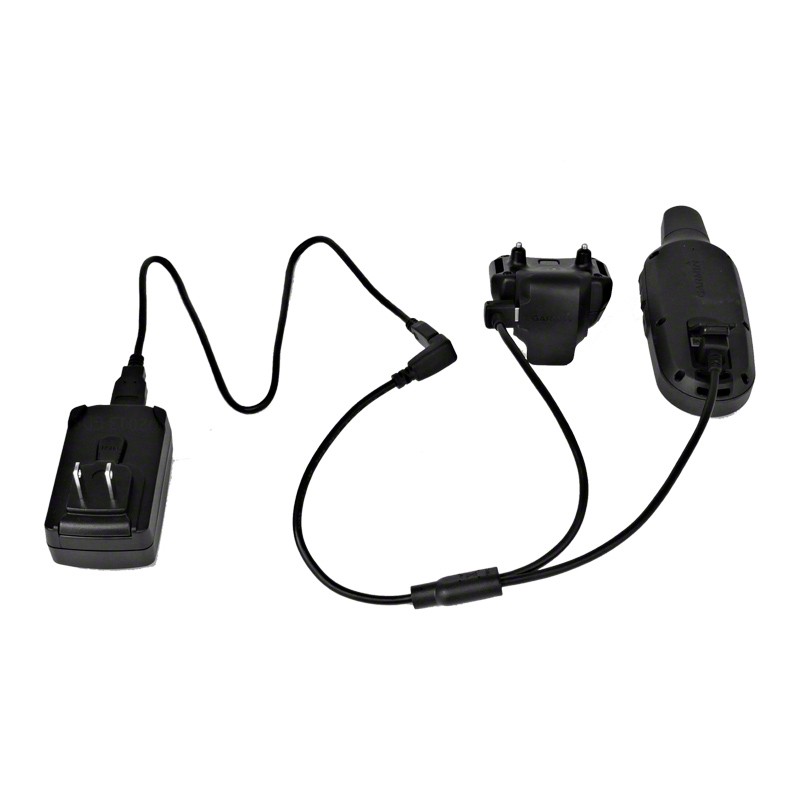Costless Collar (ZeroCost Collar) Traders Laboratory
Post on: 16 Март, 2015 No Comment

Traders who carry out a costless collar (zero-cost collar) strategy are betting that the market price will go up for the assets owned in their portfolio. The method fully protects a nine-month to a two-and-a-half-year long position from market downturns, and it costs almost nothing to implement. The technique involves buying LEAP put options and writing (selling) the same amount of LEAP call options for the owned underlying asset. Entering this type of position limits the trader’s potential profit.
Definition — LEAP Options:
Regular options expire in 30 days. Exchanges worldwide created Long-term Equity Anticipation Securities (LEAP) to give people more room to secure their portfolio’s long positions. By offering LEAP options, investors can trade puts and calls that expire from nine months to two-and-a-half years.
The Differences Between ITM, ATM and OTM for Puts and Calls
There are five ways to define the relationship between an option’s strike price and the market price of its underlying asset for puts and calls. Understanding the differences between the terms is important when considering the risks involved in implementing a costless collar (zero-cost collar) strategy.
Put Options:
ITM — In The Money: The underlying asset’s market price is less than option’s strike price.
OTM — Out of The Money: The underlying asset’s market price is more than option’s strike price.
Call Options:
ITM — In The Money: The underlying asset’s market price is more than option’s strike price.
OTM — Out of The Money: The underlying asset’s market price is less than option’s strike price.
Both Put and Call Options
ATM — At The Money: The underlying asset’s market price equals the option’s strike price.
How to Implement a Costless Collar (Zero-Cost Collar) Strategy
XYZ is worth $50 (market price) in June of 2006
1) Trader buys 100 shares of XYZ preferred stock and pays $5000 in June 2006.
2) Trader writes (sells) a call option: XYZ[Jul07]60($5) 50
- 100 shares of XYZ (LEAPS) stock
- Strike Price $60 (OTM), expiring in 360 days
- Premium Cost of $5
3) Trader buys a put option: XYZ[Jul07]50($5)
- 100 shares of XYZ (LEAPS) stock
- Strike Price $50 (ATM), expiring in 360 days
- Premium Cost of $5
4) Trader pays nothing to enter the market, as the funds received from selling the call cover the amount paid for the put [($500 (received from the call) — $500 (paid for the put)]
Total Investment cost in 2006: $5000 [100 (shares) x $50 (XYZ market price)]
Result one: XYZ hits $70 in July of 2007

a) The put option expires worthless (OTM).
b) The call option is ITM. The call buyer exercises his or her right to buy the writer’s 100 shares at $60, and pays $6000 to the trader.
c) The trader makes a total profit of $1000 after subtracting the total investment cost from the profit made on the call. [$1000 = $6000 (profit from call) — $5000 (cost of investment)]
Result two: XYZ hits $40 in July of 2007
a) The call option expires worthless (OTM).
b) The put option is ITM. The trader exercises his or her right to sell 100 shares at $50 and receives $5000 his or her shares.
c) The trader loses nothing, since the amount received from the put equals the total cost of investment. [$0 = $5000 (received from put) — $5000 (cost of investment)]
Result three: XYZ hits $50 in July of 2007
a) The put option expires worthless (OTM).
b) The call option expires worthless (ATM).
c) The trader loses nothing, since both options expire worthless and keeps his or her 100 shares.
Advantage and Disadvantage of Implementing a Costless Collar (Zero-Cost Collar) Strategy:
Pluses: The upside to this type of strategy is that the investor will always make a limited profit in a bull market. Another advantage in using the costless collar (zero-cost Collar) is that the trader fully protects their long positions at little to no cost, due to the offsetting premiums paid and received.
Minuses: The downside in using a covered combination strategy is that the method limits an investor’s profits. If the underlying asset’s market value explodes, the trader would only receive what he or she gains from the call option.














